Impact, pitfalls, and the future of employee volunteering
This article discusses skills-based volunteering, and other such emerging, important forms of volunteer engagement.
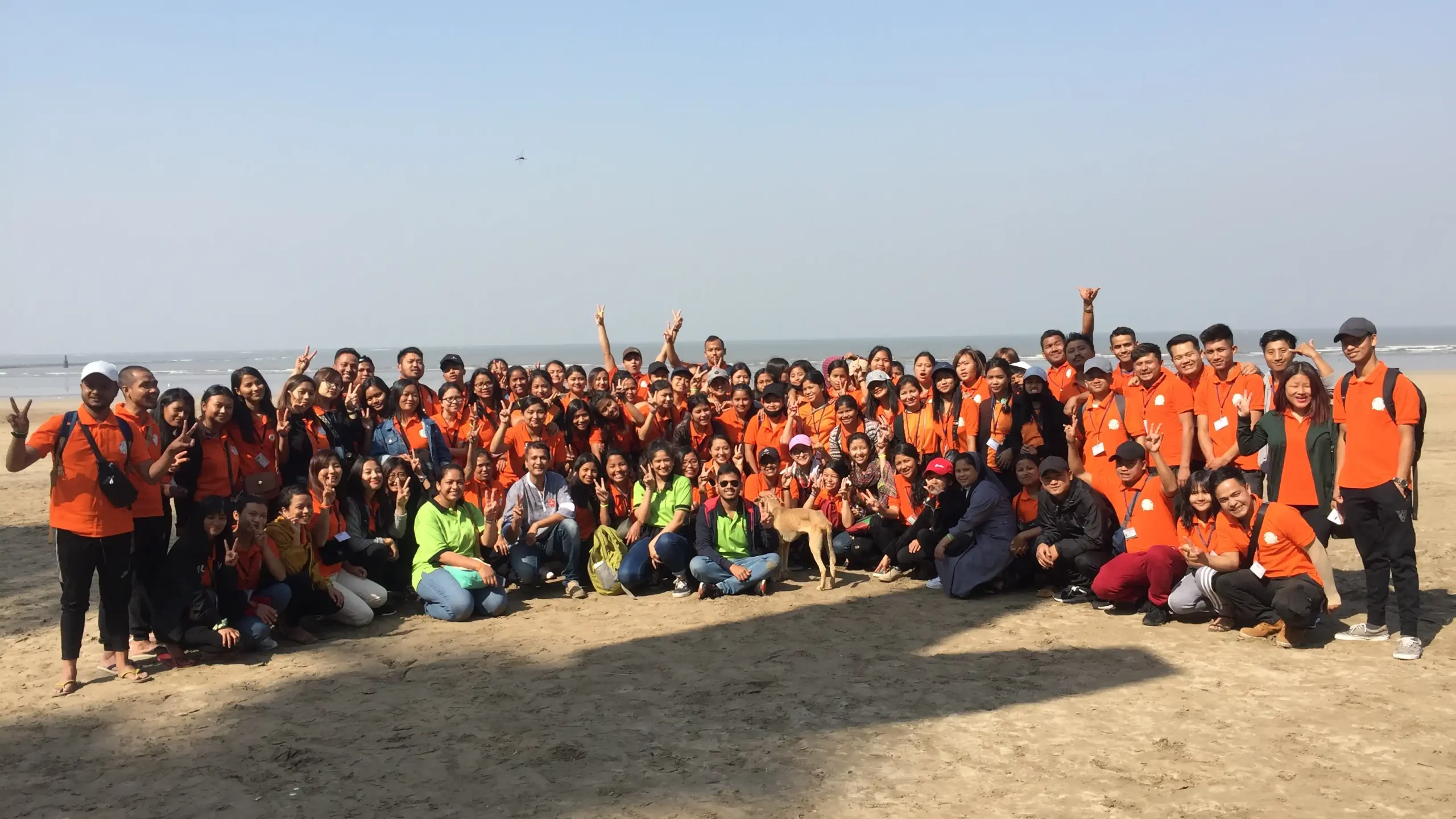
For a long time, right into the nineties, volunteering remained the domain of the youth, and the elderly, with some homemakers. Then in the 2000s, working professionals started taking an interest and wanted to volunteer. Corporate volunteering started in India sometime in the mid-2000s.
This was also when many MNCs brought global practices of employee volunteering to their India offices. The software industry was a front leader in this new age of volunteering. At traditional corporate houses, volunteering continued to be practiced largely around their factories. The Companies Act 2013, incorporating the provisions for CSR, gave a massive impetus to what was until the early 2010s an organic growth.
Employee volunteering grows
As corporate leaders set out initial goals of engaging large numbers of volunteers, largescale group activities with a simple one-time commitment of a few hours took strong roots. Schools were painted. Saplings were planted. Beaches and gardens were cleaned. These were a few of the more popular activities. These continue to be the most popular formats of employee volunteering across the board.
This is the case for obvious reasons. These kinds of activities enhance participation and bring in large numbers, in terms of employees being engaged and volunteering hours being clocked. The impact is also instantly visible, for example, a new look defined by ‘before and after’ photographs. These activities provide good photo opportunities with smiling employees and visible volunteering. This makes for easy incorporation of corporate brands as well, including t-shirts, caps and banners. It creates additional business for those in the business of t-shirts.
Group volunteering provides an opportunity for all employees across the corporate structure to volunteer together. And then a few hours at one go are easier to manage in terms of logistics – transport, food, tools, permissions, mobilization, et al.
Common challenges
These kinds of activities do have their challenges, however. The impact, so visible in photos, often doesn’t last long. There are larger questions to be considered. Is this a good use of the time of hundreds of usually highly skilled people? Does the volunteering output even equal the resources used? Are these really executed in keeping with the principles of sustainability? Are we not creating more rubbish than we are cleaning? Think of all the t-shirts, banners, one-time usable cups for water or tea, food packets and plates, etc.
During the Covid-19 pandemic, many people were supporting the frontline workers in various manners. In one act of kindness, a corporate executive asked us to organize a campaign wherein employees would put together little safety kits including masks and sanitizers, etc. They wanted these collected from the employees’ homes spread across the city and then distributed to other locations.
We reasoned that it made little sense in terms of energy and the money spent on collection. We advised them that it is better if the employees distribute the kits themselves in their neighborhoods to people whose services they were using, e.g. chowkidars, maids, cleaning staff, vegetable vendors. We contended that it would bring the employees closer to the people whose services they depend upon daily. These people were at continuous risk too, like the medical and public service officials. After an initial hesitation around, ‘We want to support only the frontline public workers’, ‘How do we keep a count’ and ‘How will we get photos’, they saw the logic. In the end, everyone was happy with the outcome.
Understanding corporate objectives
As an organization facilitating volunteering, we often have to understand the unsaid goals and read between the lines. I also believe that the outcomes expected of employee volunteering may also be driven by the corporate structure.
There are several examples where photos, including those with senior executives, and branding, become key. And there are other cases where teamwork and cross-hierarchy mingling are desired outcomes as well.
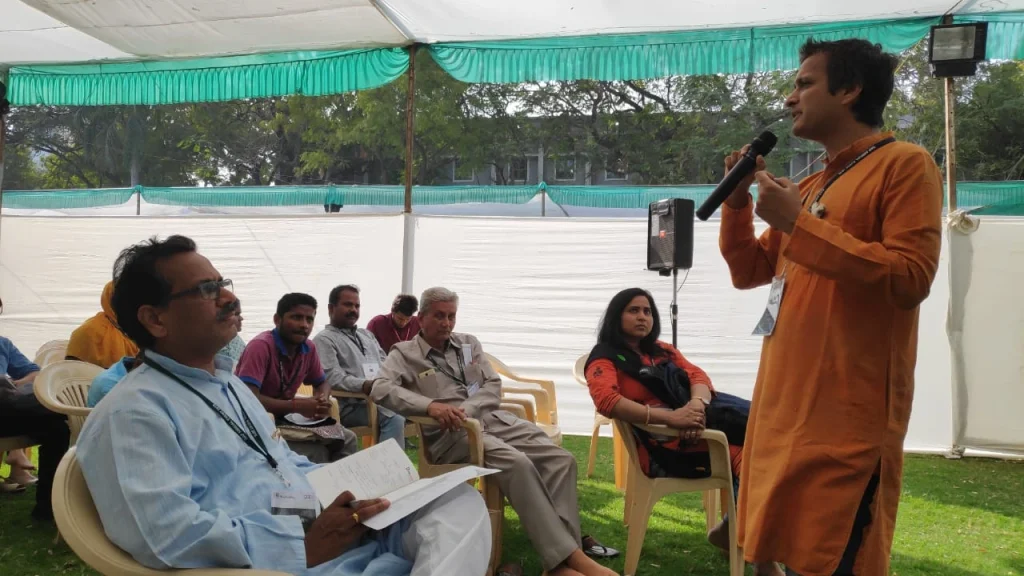
Level playing field
Companies are often very particular about respecting privacy and data—no employee photos, no recording of personal information, no mention of the company name. It’s good practice—only if it is also extended to everyone else involved.
Privacy of the community is as important. Children shouldn’t be photographed without permission from their parents and guardians. Beneficiary details not required to be reported in impact reports and partner non-profits should have the same disclaimers from liability that corporates ask for. Isn’t volunteering all about identifying and bridging the gaps in the communities and the non-profits serving them?
Advent of skills-based volunteering
Talking of gaps in organizational capacities bring us to skills-based volunteering. In the last 10 years, skills-based volunteering has been increasingly adopted by corporates and non-profits alike. The number of skills-based volunteers, projects and hours have grown significantly. It’s often more impactful in building the capacities of non-profits to achieve their mission.
Imagine a group of tech experts building an automated system for community social workers to log data and access professional advice from remote locations, or a team of management experts building a Management Information System (MIS) for a non-profit struggling to leverage its data for efficient and effective delivery of services. More impact, less hours. But the latter is a problem too. Corporates need a greater number of volunteer hours, not less. Scale is a problem that skills-based volunteering is yet to solve.
Non-profits have other challenges like lack of capacity to scope skills-based projects and managing skilled volunteering. Volunteer retention continues to plague skills-based volunteering too. Everyone, including volunteers, CSR leaders and NGOs, is energetic when projects initiate. However, soon energies sag and projects languish. Ensuring quality in skills-based projects adds to this—the recipient NGO being a non-remunerative client.
New horizons
iVolunteer turned scoping of volunteering projects itself into volunteering. Inspired by now popular marathons, it pioneered ‘Skill Marathons’ to catalyze skilled volunteering. Like marathons, skill marathons bring together multiple teams of volunteers to accomplish quick projects over limited time in healthy competition with each other. Energies are high. People give their best. And everyone wins. Strategic volunteering by corporate executives has grown recently as well. Executives may be picky. But once engaged, they bring immense value through experience, networks and other resources for wide-scale and lasting impact for non-profits. Their engagement, however, may need careful nurturing.
iVolunteer’s ‘Whiteboard’ model has successfully exhibited executive volunteering with multiple companies where everyone wins.
Leaders need skills like empathy, influencing without authority, and working in unstructured environments. Volunteering provides oodles of such learning. This makes it a part of leadership and development programs. Companies now understand the value of engaging upcoming mid to senior managers deeply with non-profits and communities. Employee volunteering is thus growing from outward-looking, one-off, mass projects, to more inward-looking, thoughtful and deep engagements with communities.
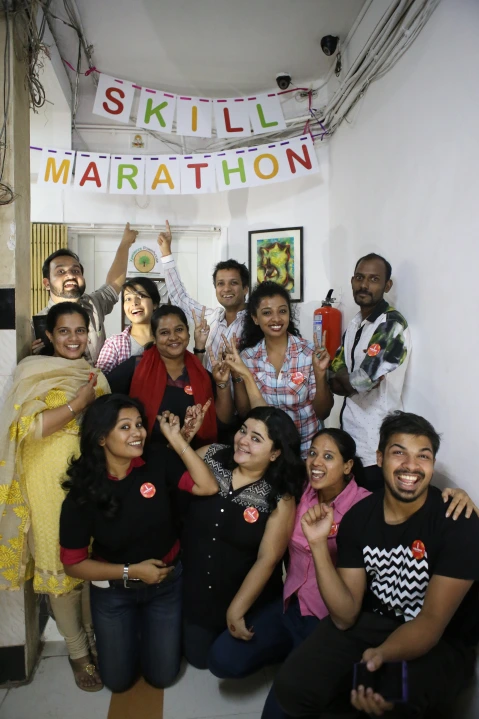
What should non-profits do?
First, think hard on the cost and benefits of every model of volunteer engagement. It must work for your organization and the larger cause of development. Think beyond the regular and the ordinary, and be open to new ideas and initiatives. Record, track and measure everything that matters. This will help capture the cost and output of engaging volunteers. Take the help of specialists and organizations to manage volunteering.
Second, push back on any unreasonable demands, whether on account of a corporate representative quoting their internal policies (non-profits have policies and principles too), or of senior executive engagement (communities’ stakes are far more important than corporate executives’), or because a corporate funds non-profit programs. Corporates need you, as much as you need them. Work out how volunteers and corporates gain from volunteering and make it into a business case for volunteering. Corporate leaders too come to respect non-profits that stand by their principles.
Third, a core principle of probably every development organization remains dignity for all. Do not let corporates or their volunteers make anyone—your community or your staff, feel any lesser. Volunteering has the power to bring together volunteers, organizations and communities for shared value. Do it right, for all involved.


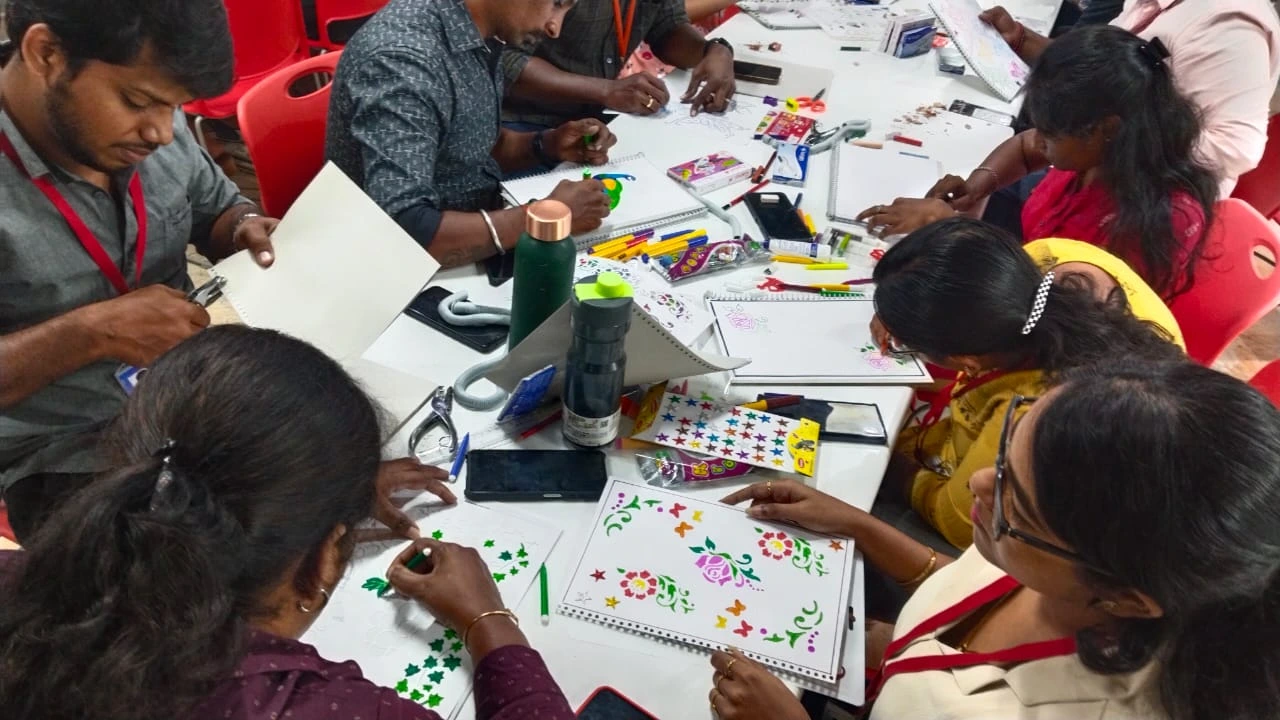
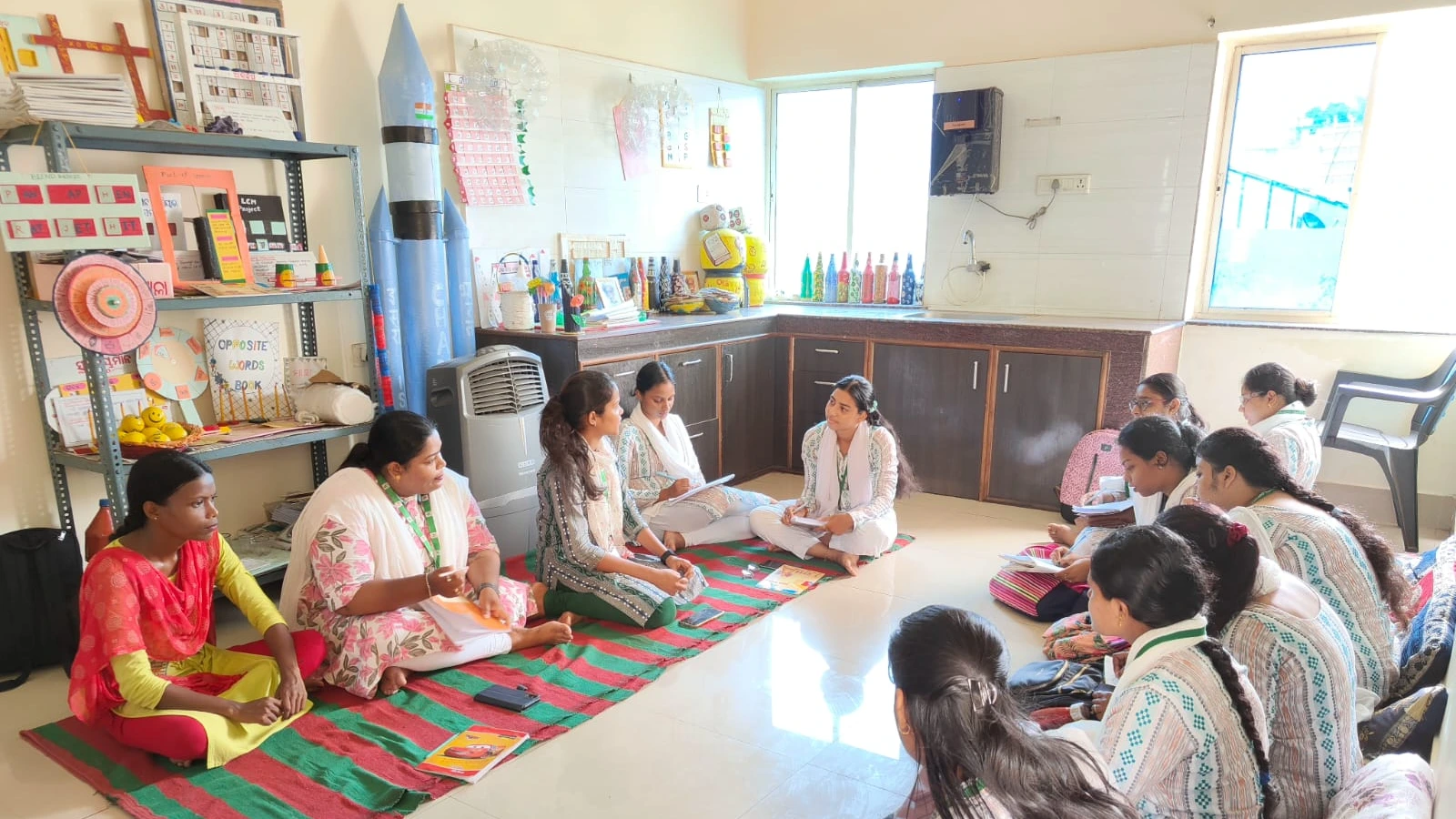
No approved comments yet. Be the first to comment!